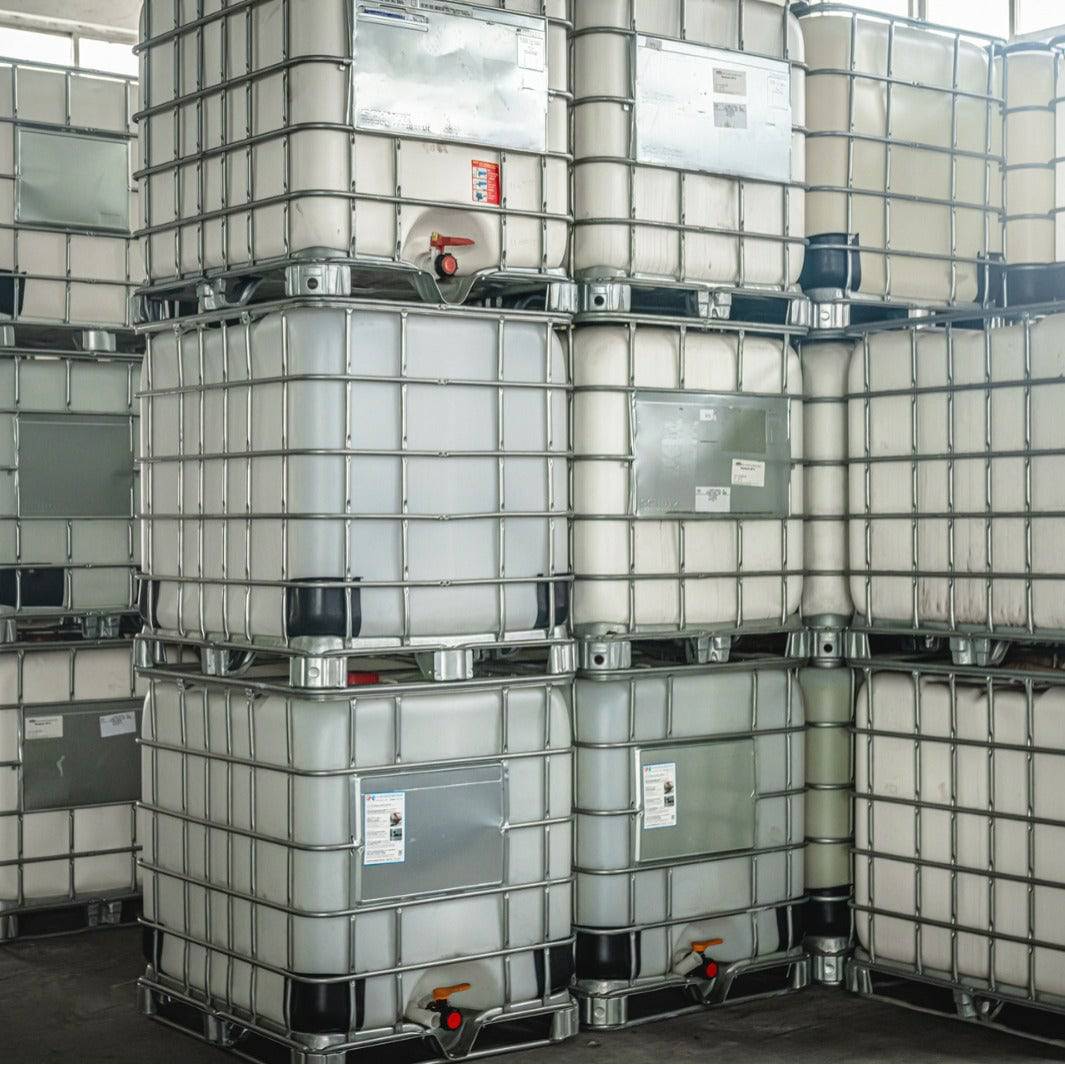See This Report about Chemie
See This Report about Chemie
Table of Contents7 Simple Techniques For ChemieThe Buzz on ChemieIndicators on Chemie You Should KnowAbout ChemieWhat Does Chemie Do?The Ultimate Guide To Chemie
By Bojanna Shantheyanda, Sreya Dutta, Kevin Coscia and David SchiemerDynalene, Inc. Fluid air conditioning, which can be achieved using indirect or direct methods, is utilized in electronic devices applications having thermal power thickness that may surpass risk-free dissipation via air cooling. Indirect fluid cooling is where warmth dissipating electronic parts are physically separated from the fluid coolant, whereas in situation of direct cooling, the components are in straight contact with the coolant.In indirect cooling applications the electric conductivity can be essential if there are leaks and/or splilling of the fluids onto the electronic devices. In the indirect cooling applications where water based fluids with deterioration preventions are usually made use of, the electrical conductivity of the liquid coolant mostly relies on the ion focus in the liquid stream.
The boost in the ion focus in a shut loophole liquid stream might occur as a result of ion seeping from metals and nonmetal components that the coolant liquid touches with. Throughout operation, the electric conductivity of the fluid might enhance to a degree which might be harmful for the cooling system.
Chemie for Dummies
(https://chemie-141534.webflow.io/)They are bead like polymers that can trading ions with ions in an option that it is in contact with. In the here and now job, ion leaching examinations were done with different metals and polymers in both ultrapure deionized (DI) water, i.e. water which is treated to the highest degrees of pureness, and low electric conductive ethylene glycol/water blend, with the determined modification in conductivity reported in time.
The samples were permitted to equilibrate at area temperature level for two days prior to taping the first electrical conductivity. In all tests reported in this research fluid electric conductivity was determined to a precision of 1% utilizing an Oakton disadvantage 510/CON 6 series meter which was adjusted before each measurement.
Some Ideas on Chemie You Should Know
from the wall home heating coils to the facility of the furnace. The PTFE sample containers were placed in the heating system when steady state temperatures were reached. The test arrangement was gotten rid of from the furnace every 168 hours (seven days), cooled to area temperature with the electric conductivity of the liquid gauged.
The electrical conductivity of the fluid sample was kept an eye on for a total amount of 5000 hours (208 days). Number 2. Schematic of the indirect shut loophole cooling down experiment set up - silicone synthetic oil. Table 1. Elements made use of in the indirect shut loophole cooling experiment that touch with the liquid coolant. A schematic of the experimental setup is displayed in Figure 2.

How Chemie can Save You Time, Stress, and Money.
During procedure the liquid reservoir temperature level was kept at 34C. The change in liquid electrical conductivity was kept track of for 136 hours. The liquid from the system was accumulated and saved. Similarly, closed loop test with ion exchange resin was executed with the exact same cleansing treatments used. The first electric conductivity of the 230ml UP-H2O in the system measured 1.84 S/cm.

0.1 g of Dowex material was included in 100g of liquid samples that was absorbed a separate container. The combination was stirred and transform in the electrical conductivity at room temperature level was measured every hour. The gauged modification in the electric conductivity of the UP-H2O and EG-LC test liquids containing polymer or steel when engaged for 5,000 hours at 80C is shown Figure 3.
Not known Details About Chemie
Figure 3. Ion leaching experiment: Measured modification in electrical conductivity of water and EG-LC coolants consisting of either polymer blog here or steel examples when submersed for 5,000 hours at 80C. The outcomes suggest that metals contributed fewer ions into the liquids than plastics in both UP-H2O and EG-LC based coolants. This can be as a result of a slim steel oxide layer which may function as an obstacle to ion leaching and cationic diffusion.
Liquids consisting of polypropylene and HDPE exhibited the most affordable electric conductivity modifications. This could be as a result of the short, inflexible, linear chains which are less most likely to add ions than longer branched chains with weaker intermolecular pressures. Silicone also executed well in both test liquids, as polysiloxanes are generally chemically inert as a result of the high bond energy of the silicon-oxygen bond which would certainly stop degradation of the product into the liquid.
Some Known Facts About Chemie.
It would be anticipated that PVC would certainly produce comparable results to those of PTFE and HDPE based upon the comparable chemical frameworks of the materials, nevertheless there might be various other pollutants present in the PVC, such as plasticizers, that might influence the electric conductivity of the fluid - silicone synthetic oil. In addition, chloride groups in PVC can also leach into the examination liquid and can cause an increase in electrical conductivity
Polyurethane totally broke down right into the examination liquid by the end of 5000 hour examination. Before and after pictures of metal and polymer samples immersed for 5,000 hours at 80C in the ion seeping experiment.
Calculated adjustment in the electric conductivity of UP-H2O coolant as a feature of time with and without resin cartridge in the shut indirect cooling loop experiment. The gauged modification in electrical conductivity of the UP-H2O for 136 hours with and without ion exchange resin in the loophole is shown in Figure 5.